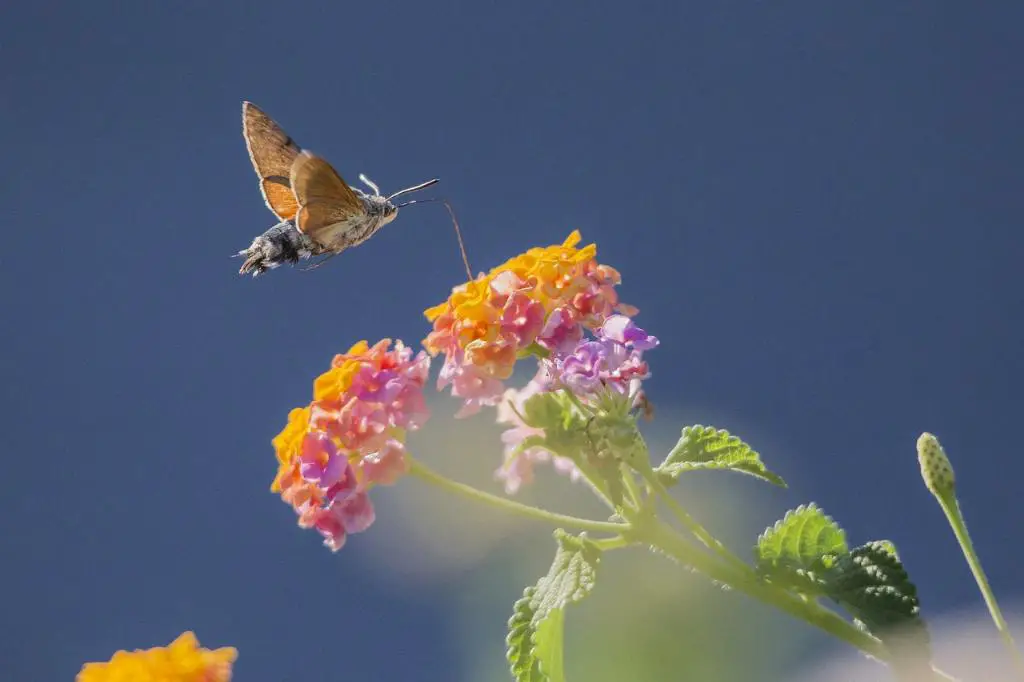If you’ve ever strolled through a garden or admired the vibrant flora found in warmer climates, chances are you’ve come across lantana plants. These striking blooms come in a variety of hues and are known for attracting butterflies and hummingbirds, adding a touch of natural beauty to any landscape.
Overview of Perennials and Annuals
Before diving into the specifics of lantana plants, it’s essential to understand the difference between perennials and annuals. Perennials are plants that live for more than two years, while annuals complete their life cycle in a single growing season. This classification plays a crucial role in determining how we care for and approach various plant species in our gardens.
Characteristics of Perennial Plants
Perennial plants are known for their longevity and ability to withstand multiple growing seasons. They establish strong root systems that allow them to return year after year, providing consistency and reliability in your garden landscape.
Understanding Lantana Plant Growth Cycle
Lantana plants exhibit dual characteristics based on their growing conditions. In warmer zones (USDA zones 8 to 11), lantana behaves as a perennial, growing up to 10 feet in height. However, in other climates, it behaves more like an annual, reaching heights of around 3 feet in a single growing season.
Determining if Lantana is a Perennial Plant
The question of whether lantana is a perennial lies in understanding its environment. In regions with mild winters and warm summers, lantana can thrive as a perennial, showcasing its vibrant colors year after year. However, in areas with harsher winters, treating lantana as an annual may be more appropriate, allowing for new growth each season.
Factors Influencing Lantana’s Lifecycle
Several factors influence lantana’s lifecycle, including temperature, sunlight exposure, soil quality, and watering practices. By providing optimal growing conditions, you can encourage lantana to exhibit perennial characteristics, enhancing its longevity and overall vibrancy in your garden.
Tips for Growing Lantana Successfully
To cultivate lantana successfully, consider planting it in well-drained soil, providing ample sunlight, and regular watering. Pruning can also help promote new growth and maintain a healthy plant structure. Additionally, applying a balanced fertilizer can support lantana’s nutrient needs, ensuring robust blooms and foliage.
Conclusion and Final Thoughts
In conclusion, the answer to whether lantana is a perennial largely depends on your specific climate and growing conditions. By understanding the unique growth cycles of lantana plants and providing proper care, you can enjoy their beauty year after year. Whether as a perennial or annual, lantana remains a colorful and captivating addition to any garden landscape, attracting pollinators and delighting all who encounter it.

